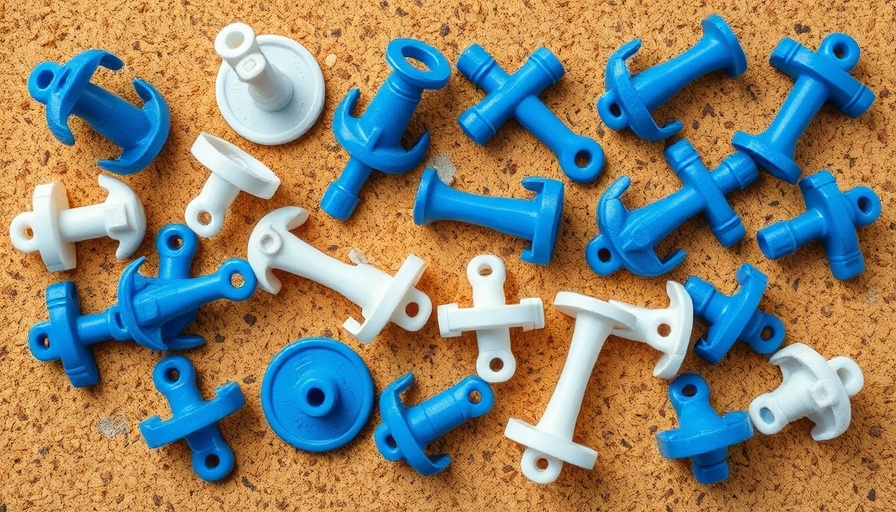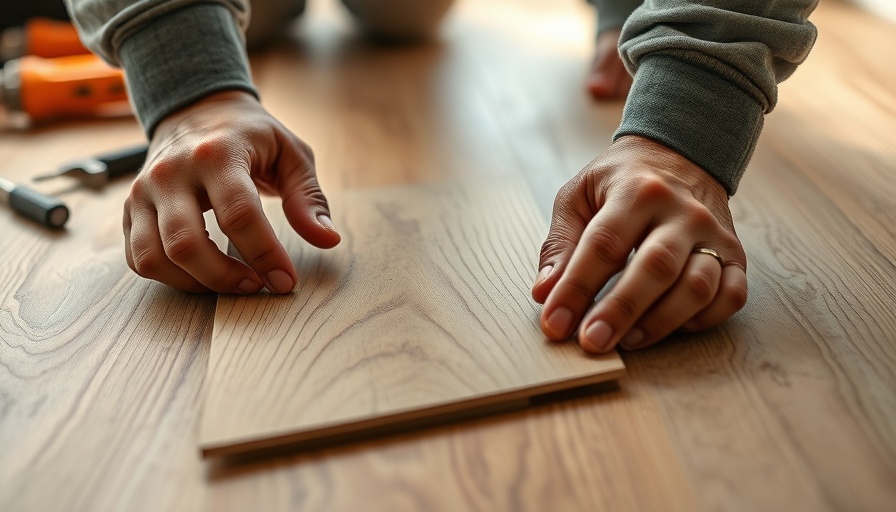
Understanding the Essential Drywall Anchor Types for Your Home Projects
When it comes to DIY home improvement projects, selecting the correct drywall anchor is crucial for achieving your goals safely and effectively. From hanging artwork to mounting shelves or televisions, a drywall anchor allows you to secure heavy objects to walls without the need to drill directly into studs. But there’s no one-size-fits-all solution; each type of drywall anchor is designed for specific weight capacity and applications. Choosing the wrong anchor can not only lead to damage but could also pose a safety hazard. This guide will walk you through the various types of drywall anchors and provide tips for making the right choice for your next home project.
Why Choosing the Right Drywall Anchor Matters
It's easy to overlook the importance of a simple anchor; however, understanding its function in your project can save you time, money, and potential mishaps. For instance, improperly secured heavy items can damage your wall and even injure anyone nearby. A good rule of thumb: always select an anchor capable of supporting 25 to 50 percent more than the weight of the item you intend to hang. If your cherished mirror weighs 10 pounds, opt for an anchor rated for at least 12 to 15 pounds. This can be a great way to ensure long-term security!
A Deep Dive into Different Types of Drywall Anchors
Let’s explore some of the most common types of drywall anchors and the best use cases for each.
1. Plastic Expansion Anchors
Ideal for lightweight items, plastic expansion anchors are cylindrical in shape and easy to install into pre-drilled holes. They’re typically rated to hold between 5 to 25 pounds, making them perfect for hanging items like picture frames or lightweight decor. While they’re affordable and user-friendly, keep in mind that over-tightening can lead to cracking.
2. Molly Bolts
Molly bolts can support a more substantial weight—between 25 to 50 pounds—thanks to their unique design, which expands when the screw is tightened. This anchor type is great for medium-duty projects, such as hanging mirrors or decorative shelves. A major advantage of the molly bolt is that it allows you to remove and reinsert screws without losing the anchor, ensuring flexibility for your mounting needs.
3. Threaded Drywall Anchors
For a hassle-free installation, consider using threaded drywall anchors. These anchors can screw directly into the drywall without the need for a pre-drilled hole. They provide excellent holding power, typically between 25 to 75 pounds, making them suitable for heavier items like bathroom towel racks or shelves. The self-tapping nature of this anchor type makes installation straightforward; just ensure you use the right size screw for optimal results!
Common Misconceptions About Drywall Anchors
One of the biggest misunderstandings about drywall anchors is that all anchors can hold the same amount of weight. However, weight capacity varies significantly between types. As mentioned above, choosing the right one will depend on the item you are hanging and the specific requirements for your project. Ignoring these differences can result in failed installations, damaging both the object and your wall.
Future Trends in Anchor Technology
As DIY projects grow in popularity, manufacturers are keen on developing better, more innovative drywall anchors. Expect to see advancements in materials that enhance strength while reducing installation complexity, alongside eco-friendly products that appeal to sustainable living enthusiasts. This shift will not only give homeowners more options but also ensure the safety and durability of their installations.
Practical Tips for Installing Drywall Anchors
Before you embark on your anchoring journey, consider these practical insights:
- Read the packaging: Always double-check the weight limit specified on the anchor you purchase to ensure it meets your needs.
- Use the right tools: A correct drill bit size, screwdriver, and possibly a level will enhance the precision of your installation.
- Practice safety first: Make sure to clear the area of debris to maintain a safe working environment and wear protective eyewear during the installation process.
Embracing Home Improvement with Confidence
Choosing the right drywall anchor is just one step in making your home improvement projects successful. By understanding the types, weight capacities, and proper installation techniques, you’ll be well-equipped to hang what you love safely and effectively. Don't shy away from tackling these projects; your home is a canvas waiting for your personal touch!
So, gather your materials, gear up, and start improving your living space! And remember, if you have questions or need tips for your specific scenario, don’t hesitate to reach out to local home improvement experts.
 Add Row
Add Row  Add
Add 




Write A Comment